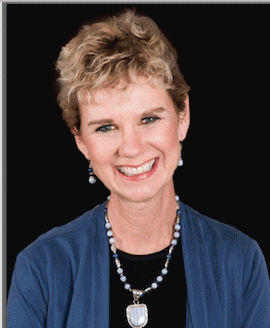My guest today is Kerry Hannon, New York times columnist and nationally acclaimed expert on job satisfaction, career transition, personal finance and retirement. She is also the author of ten books.
Joan Brunwasser: Welcome to OpEdNews, Kerry. Your recent piece 5 Employers That Welcome Older Workers [11.27.16] caught my eye. I had assumed that age discrimination is rampant and that the more mature worker is essentially extraneous in today's struggling economy. You disagree? Get us started, please.
Kerry Hannon: I disagree. Yes, there's no denying it, ageism is alive and well in the workplace. It's subtle, but the old, 'your expiration date is nearing' undercurrent is ever present in many companies.
You're passed over for promotions, not offered plum stretch assignments, raises disappear, and drip-by-drip you become invisible.
At the same time, I know first hand that experienced workers are landing jobs and are moving up the rungs, they're still engaged, getting noticed and feeling valued, and honestly loving their current positions. I find it's often is a matter of attitude and taking control of your destiny. It's the Me Inc. philosophy of work.
I agree there are the broad stereotypes that may be true on an individual basis, but can't be applied to all workers over 50. Yes, employers do worry that you don't have the energy and stamina for the job. They're concerned that you aren't up to speed with technology, won't play nicely with a younger boss, are too expensive and overqualified. But there are ways to prove them wrong, and many workers are doing just that. I can get into that a little later.
Just look at the facts: The percentage of workers over age 50 is growing. In fact, the hottest demographic in the labor market: men and women working into their 70s, 80s. Over the coming decade, they'll be the fastest-growing segment of the workforce, according to the Bureau of Labor Statistics. Among 65- to 74-year-olds, labor force participation is predicted to hit 32 percent by 2022, up from 20 percent in 2002. At age 75 and up, the rate will jump from 5 percent in 2002 to 11 percent in 2022. Meantime, participation rates among younger age groups will be flat or will even fall.
(Note: You can view every article as one long page if you sign up as an Advocate Member, or higher).






